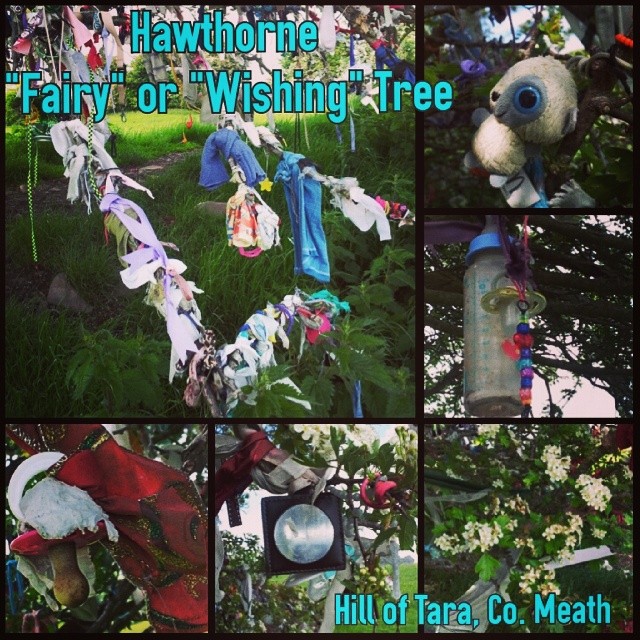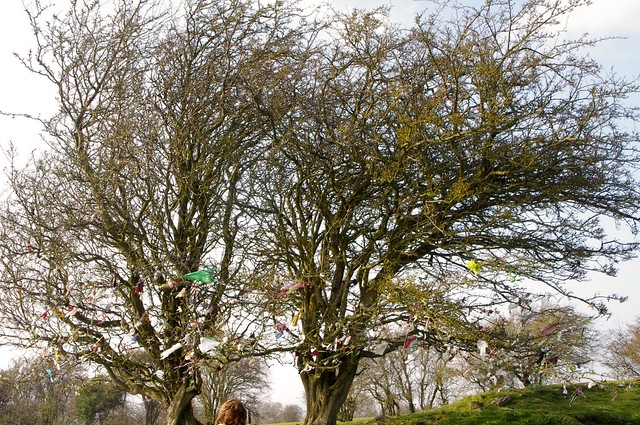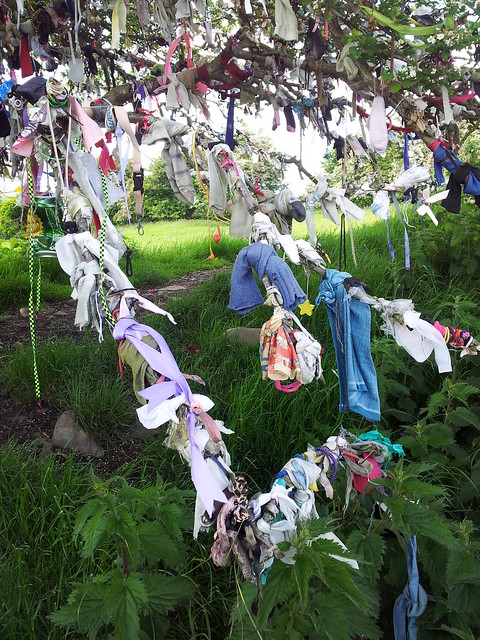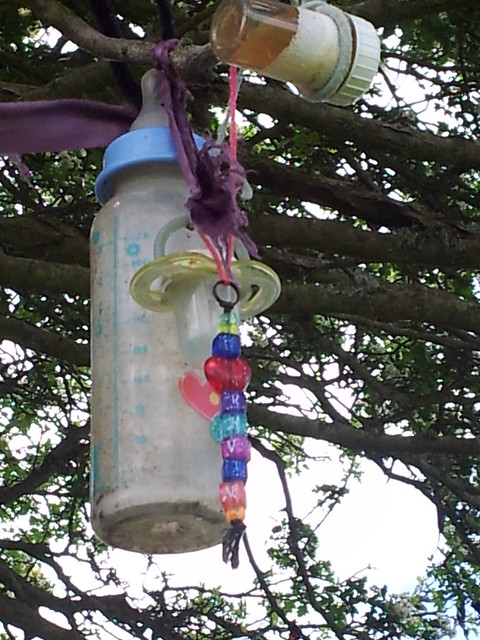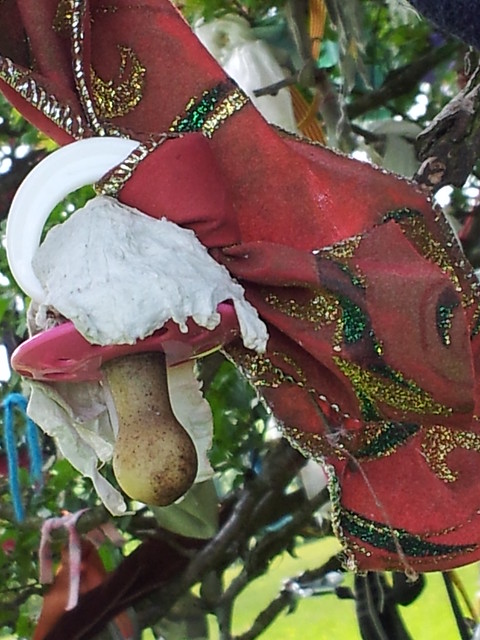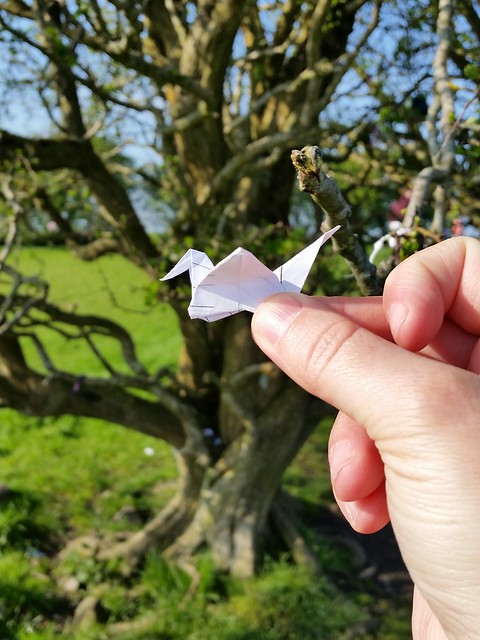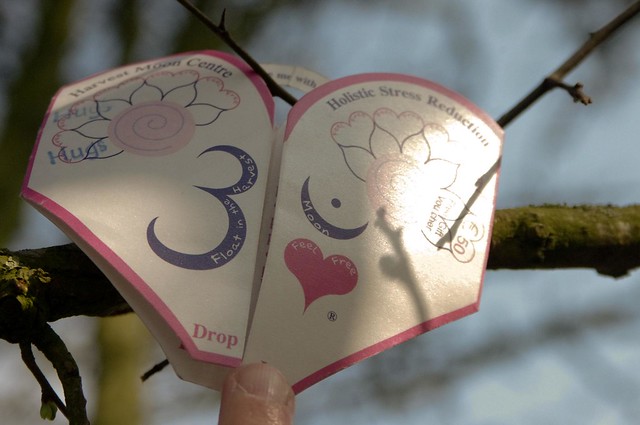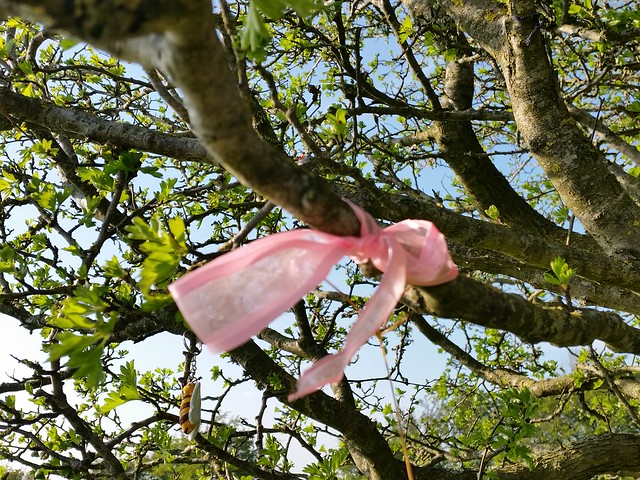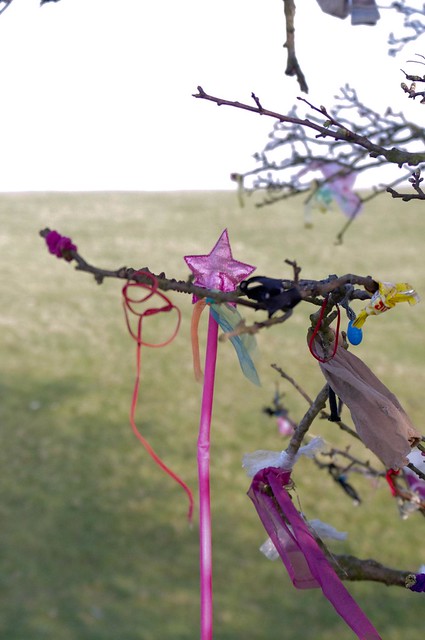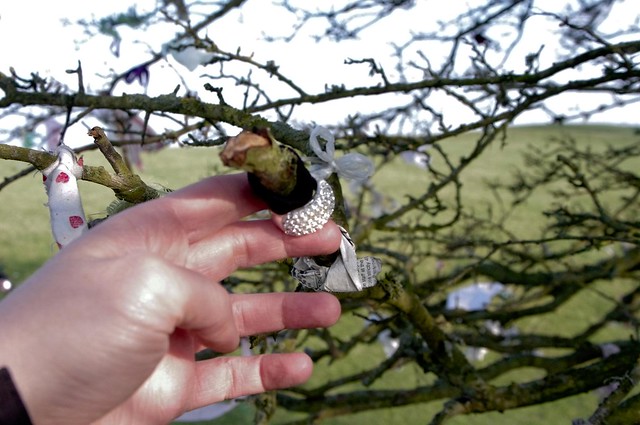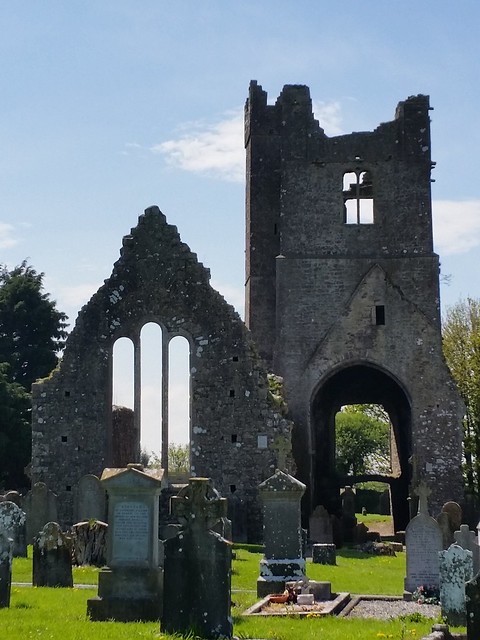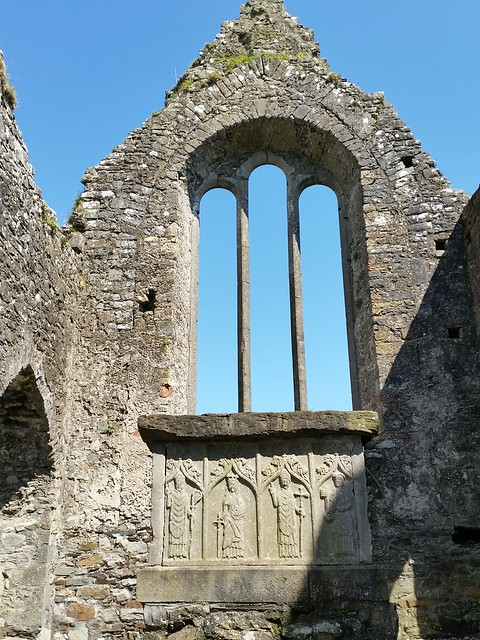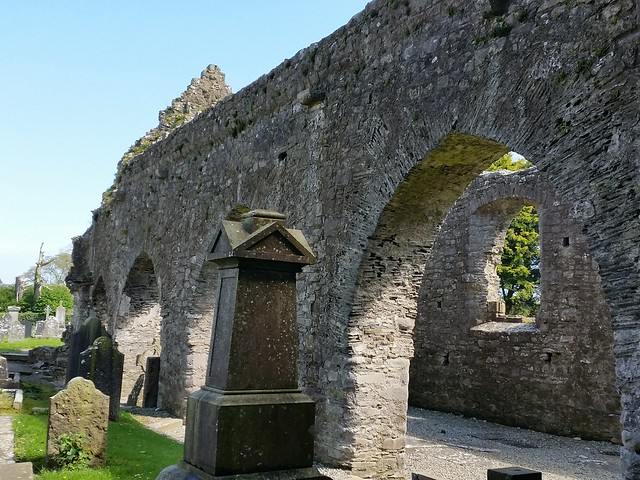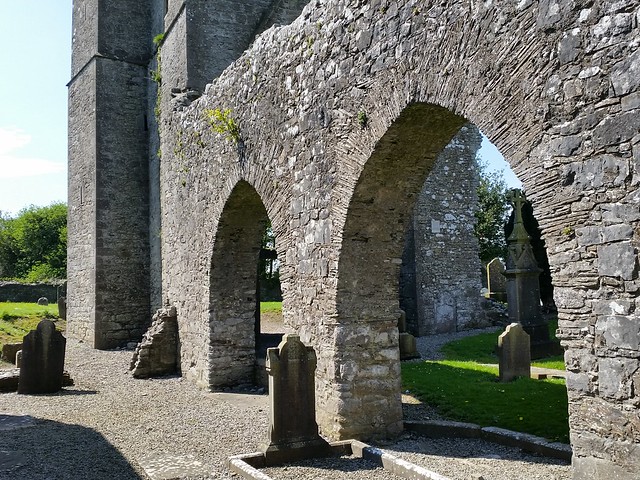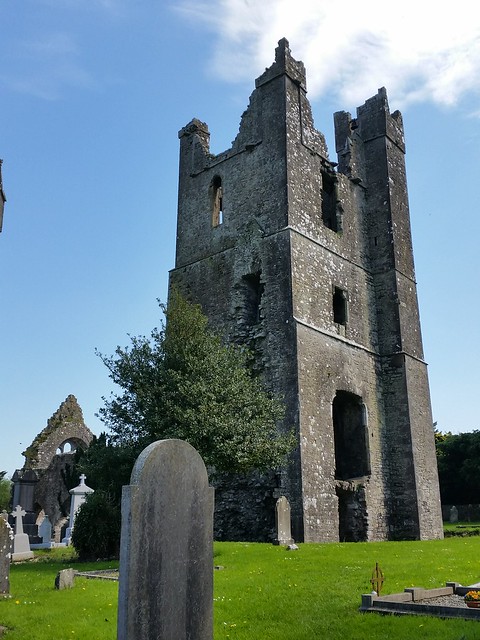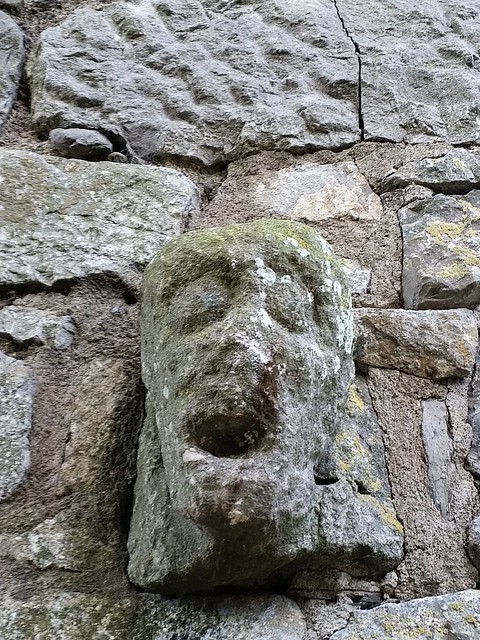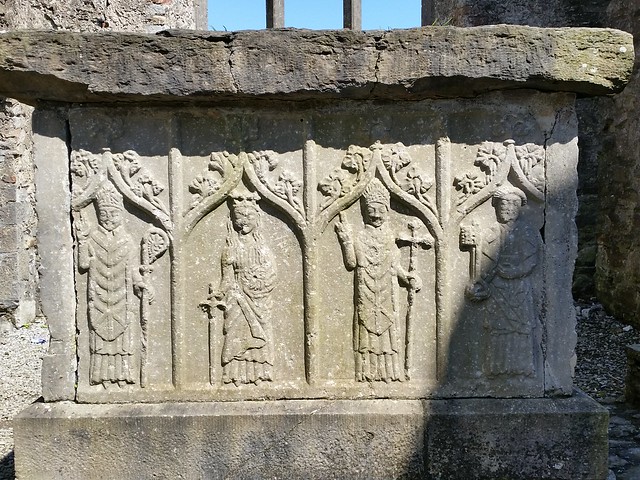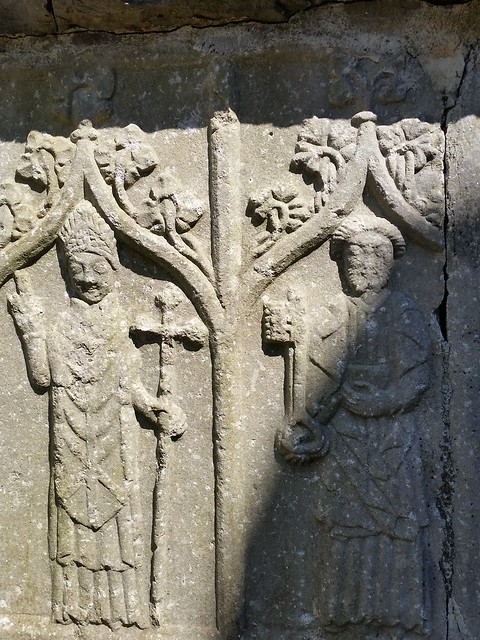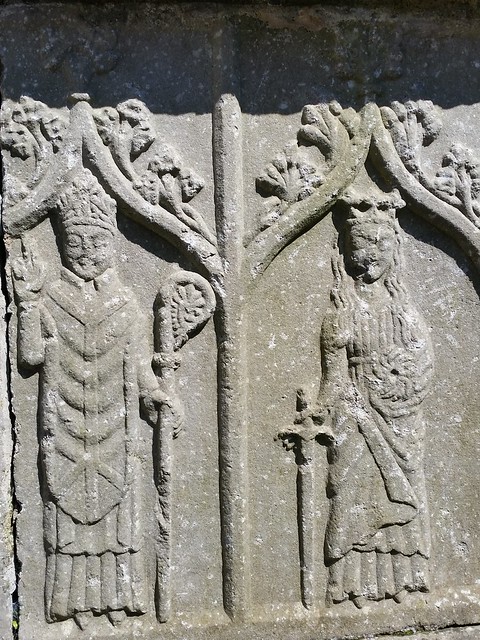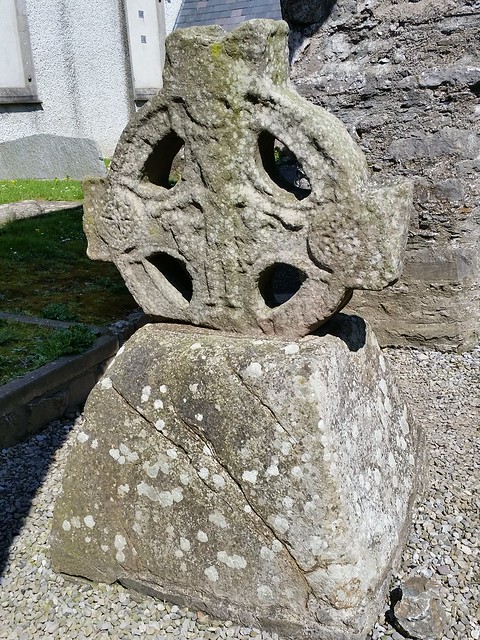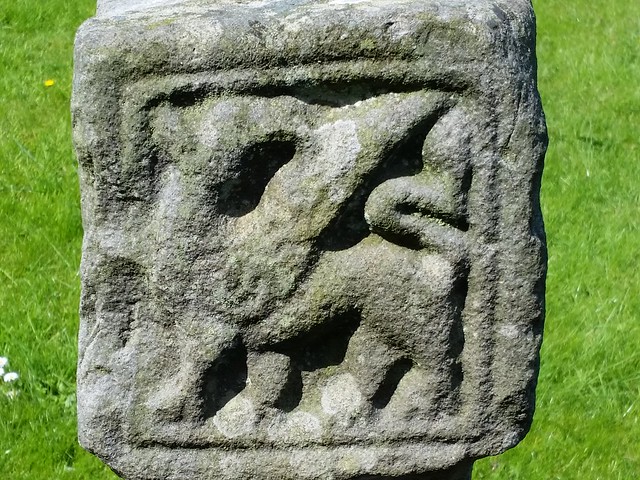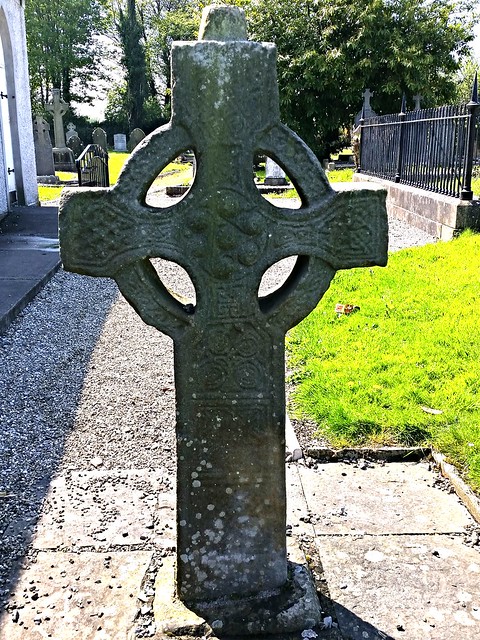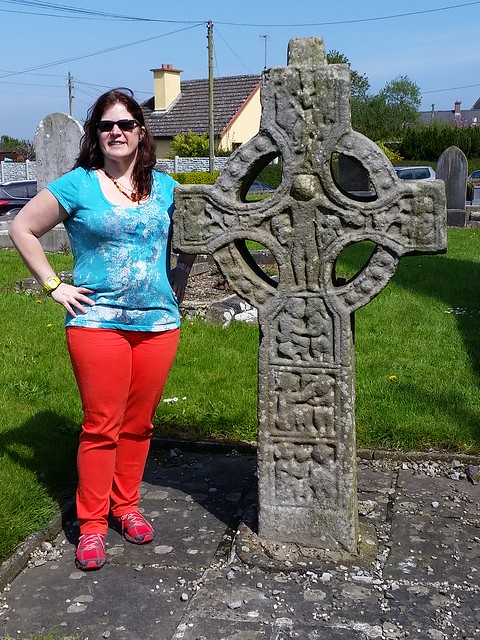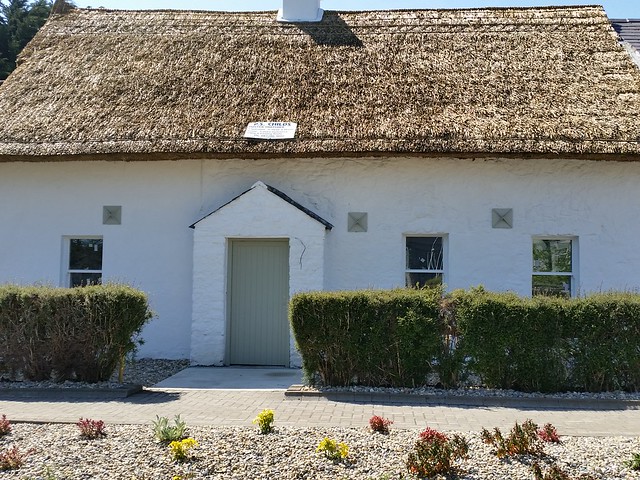This week, I had to go get my Immigration card renewed. Here in Ireland, it takes hours – with people often in line many hours before the office opens – just to get a number. There is no appointment system and most days only 200 numbers are given out. The wait is long, tiring, and involves taking a full day off work. Some years are better than others – but this year – was the worst. I suspect it is – at least in part – due to the number of refugees that Ireland is taking in, but also in larger part to the lack of funding for the department by the government. At any rate, during my extended wait, I chose to write a poem and share the pain of my inner muse with you all.
An Ode to the GNIB
(Written with soul sucking sarcastic glee)
Wake up at 5am
Ugh, why me?
Into the city.
Too tired. Not pretty.
Arrive by 7.
What? Its not even Eleven –
Line 4 blocks long
Jaysus! This is wrong!
They’re taking the piss-
Or am I remiss?
8:30 am and Numbers all gone
A 5 hour wait.
Hey, that’s great.
At least there is sun
And fresh cinnamon buns
From the bakery next door.
5 hours later… #117 and I am #196.
This wait is a chore!
I went to the museum
To fend off the bore
That is made waiting…
At the GNIB.
Someone please save me!
2 more hours
And no flowers
of hope bloom nearby #156.
Just 40 away..another hour –
Waiting on the bricks.
The blue lights in the commode
Make my head want to explode.
What’s up with those lights
Are they hinting “go fly a kite”?
14 desks are there
Staff of four-pulling out their hair.
Boisterous babies, Crying children, frazzled foreigners….
Sleeping students on the floor.
Please let us- just get out the door.
2 more hours to wait…
I think I am learning to hate.
This is the thing made of lore..
The bore
Of the GNIB.
Please, oh Please, someone save me?
Stubborn Suduku,
Bash through the book,
My Torrented TV on repeat.
Deadly Dragons,
Crushing candy,
Anything to pass time…
Isn’t it dandy?
Another hour has passed…
#176 – Just 20 away
Oh how else can I keep boredom at bay?
Phone some friends,
Schmooze with the smokers
Man this place it isn’t for Jokers.
Patience is a virtue
Ignorance is Bliss
When that bell dings -one more..
The continued chore
Waiting at the GNIB.
Please, please, Save Me?
I am still here
Creativity doesn’t stop.
How do you like this ongoing flop?
Since I arrived – 9 hours in
Some would call this a Sin.
My ode to the GNIB
Is now a Saga, you see?
Thanks for hanging out
And learning what torture is all about.
Fifty minutes later
I am nearing the end
#186 -10 more before I am ’round the bend.
The seats are hard,
The floor is worse
The broken chair just dumped that guy on my purse…
Here we go my number nears!
Please accept my paperwork
Or I may use tears.
Oh how I abhore
The GNIB.
*Save me?*
Nope false alarm-
The day rages on.
The numbers count slower
Because at lunch the staff count is lower.
Pacing replaces sitting,
Irritation reigns.
Somehow I wonder if they are rattling our chains.
Water dispenser emptied
Rubbish bins fill
Oh how I detest this bitter pill.
Please may they call me
My number’s so close!
Bureaucracy is replete
With lots of standing on our feet.
Documents accepted -stamp 4 for me!
Finally no work permit needed I shout with glee!
Now comes the charm
Of waiting for my new card to be brought from the printer farm.
My name is called
And I have my sheet.
It only took 11 hours complete.
This is the soul sucking story of the GNIB.
Oh thank God they are finally done with me!!
(At least until next year -wash,rinse, repeat!)

